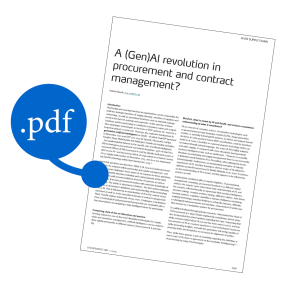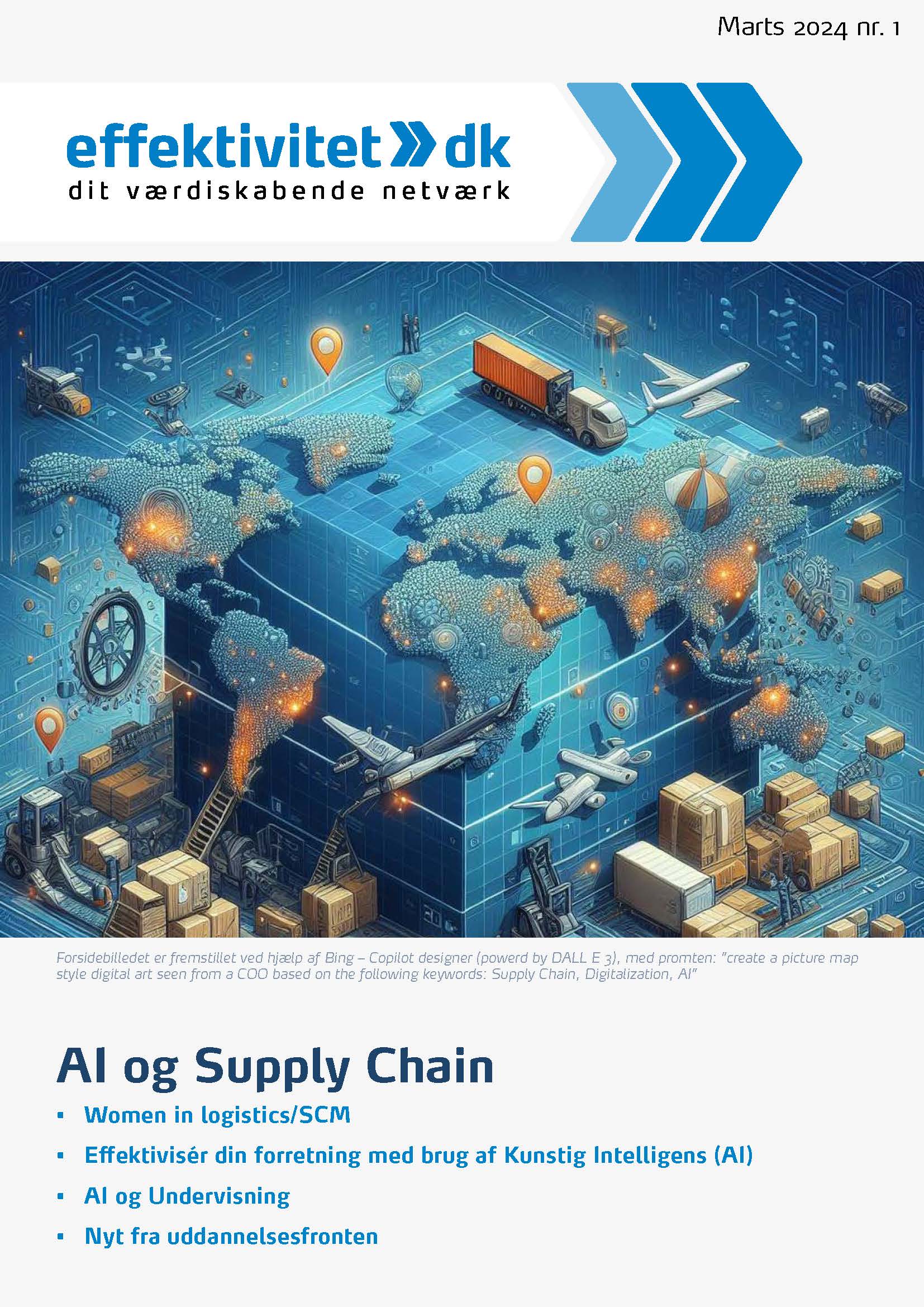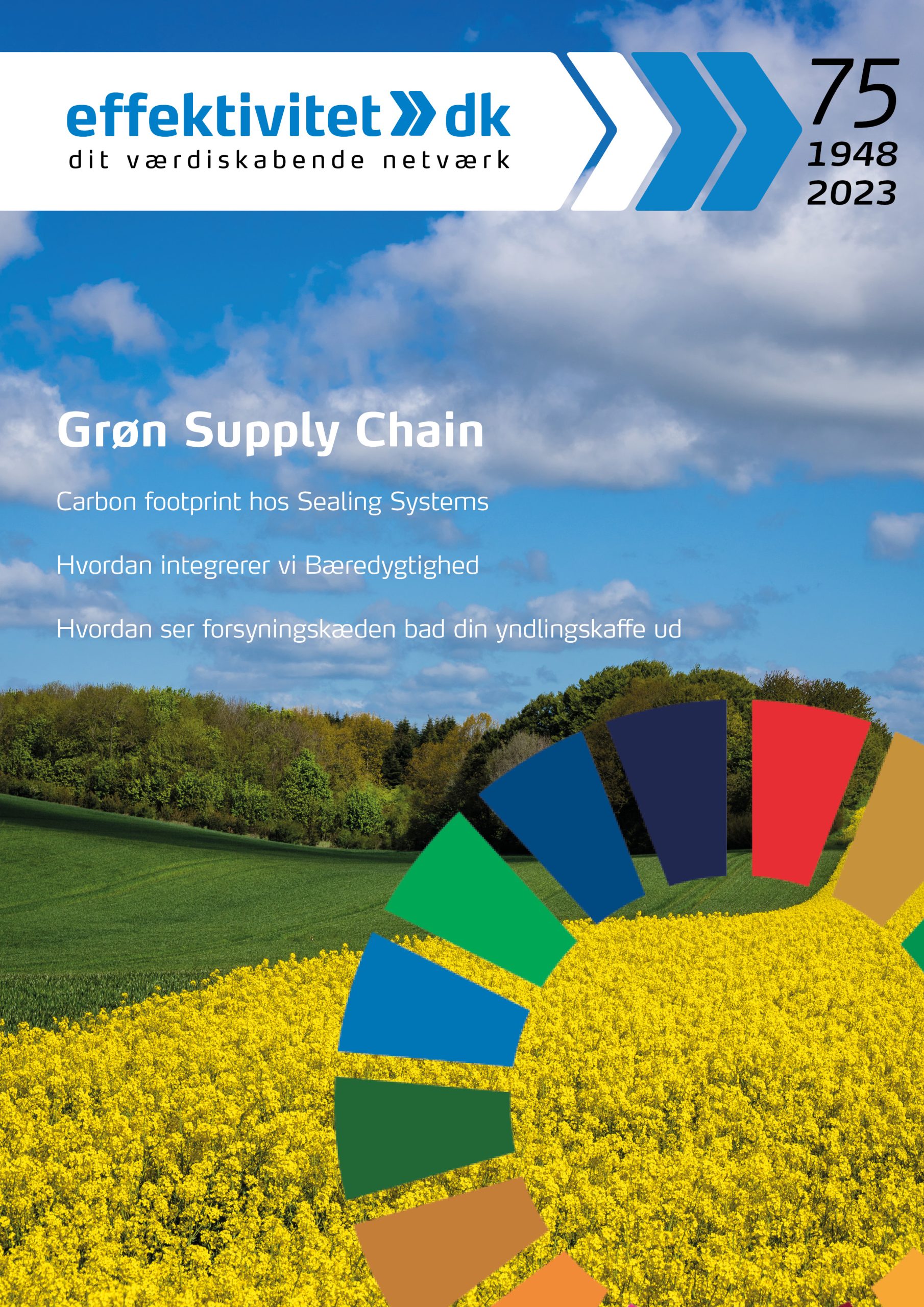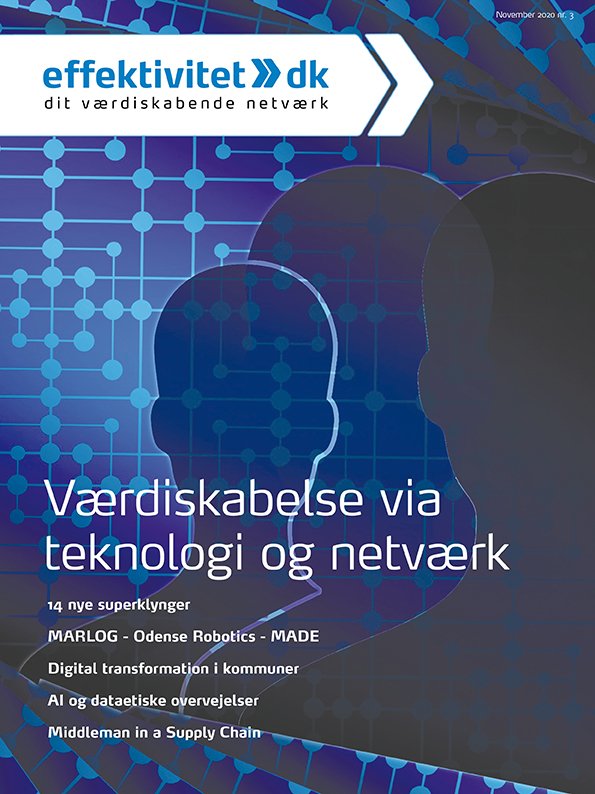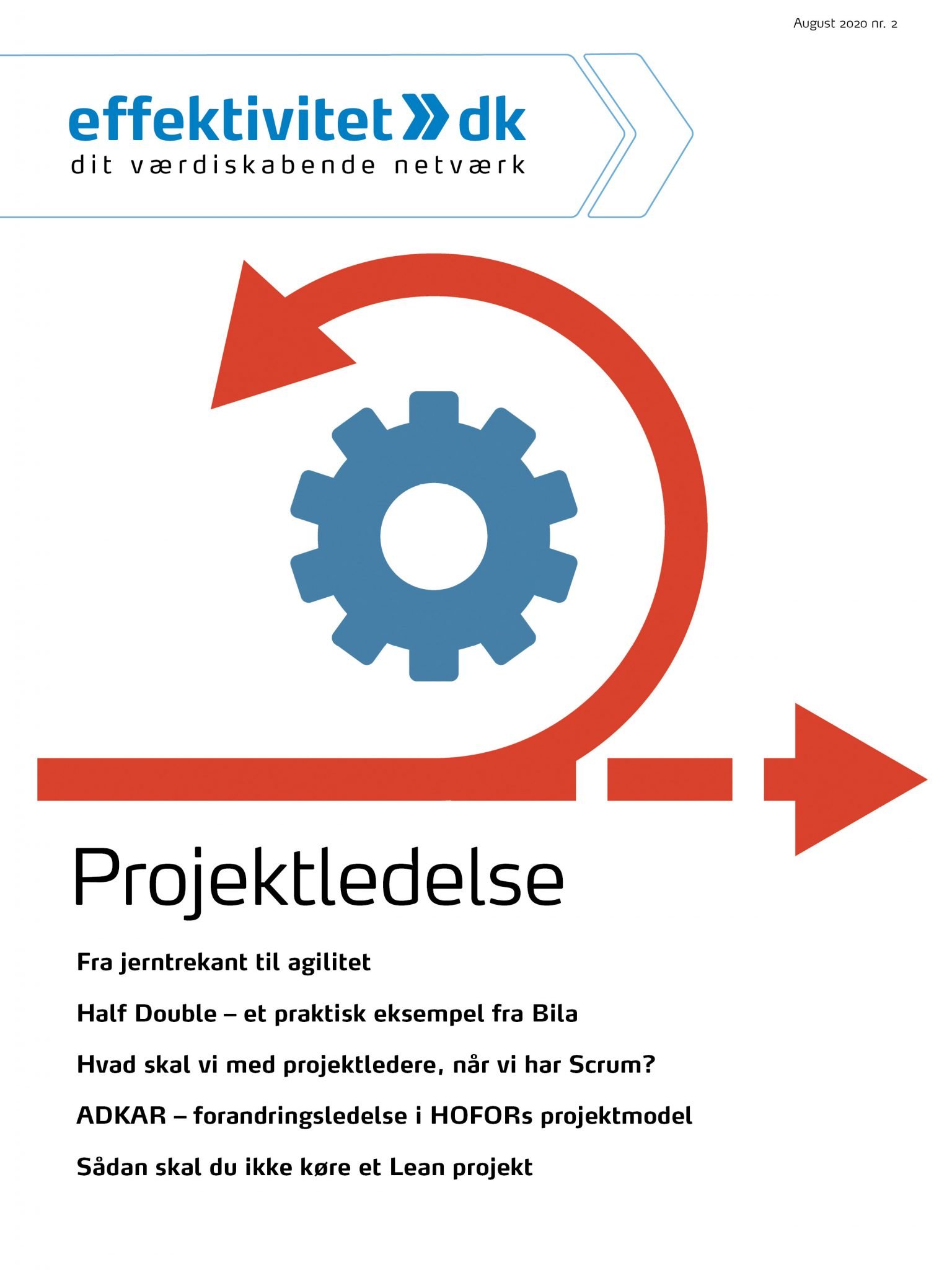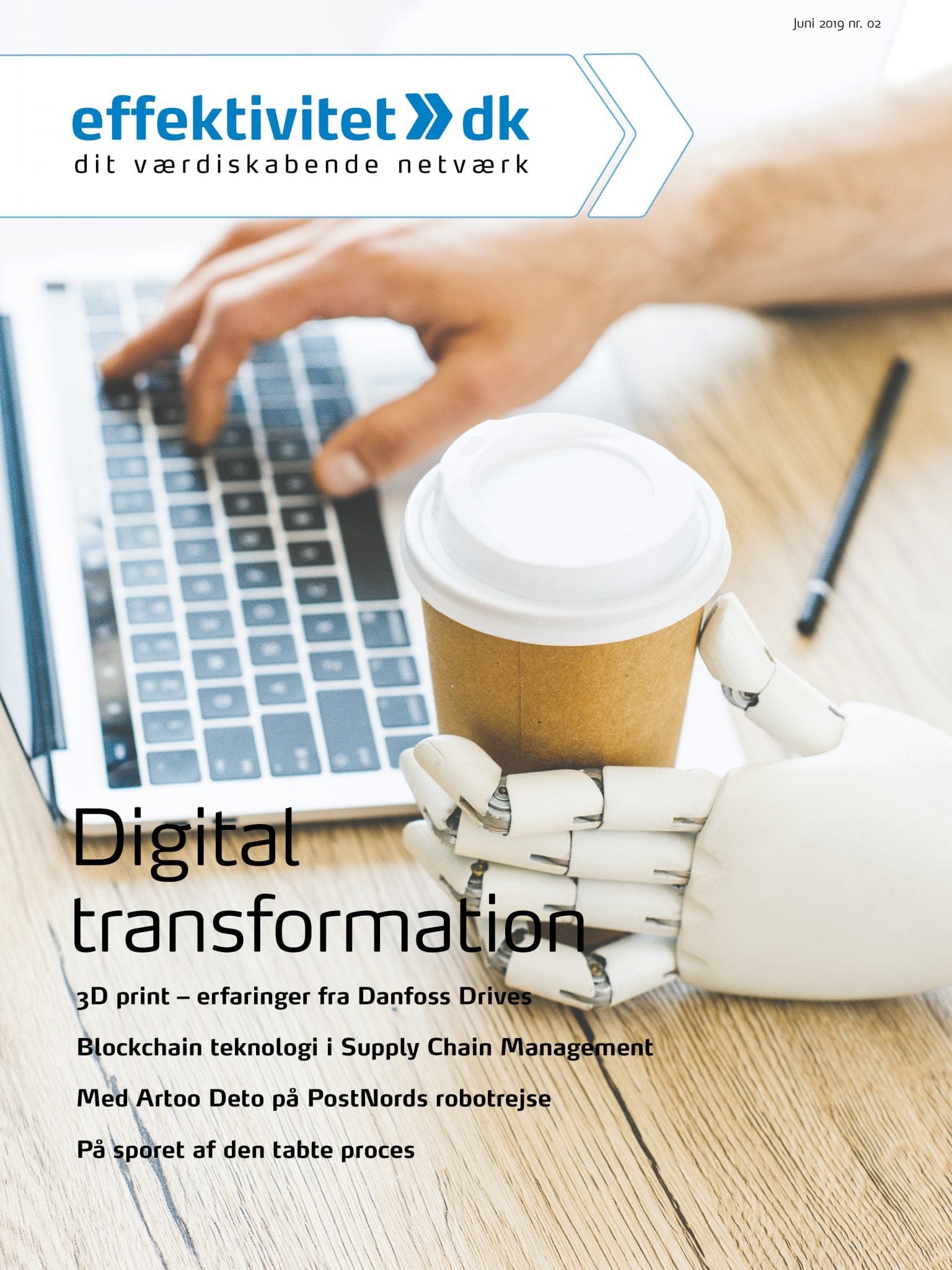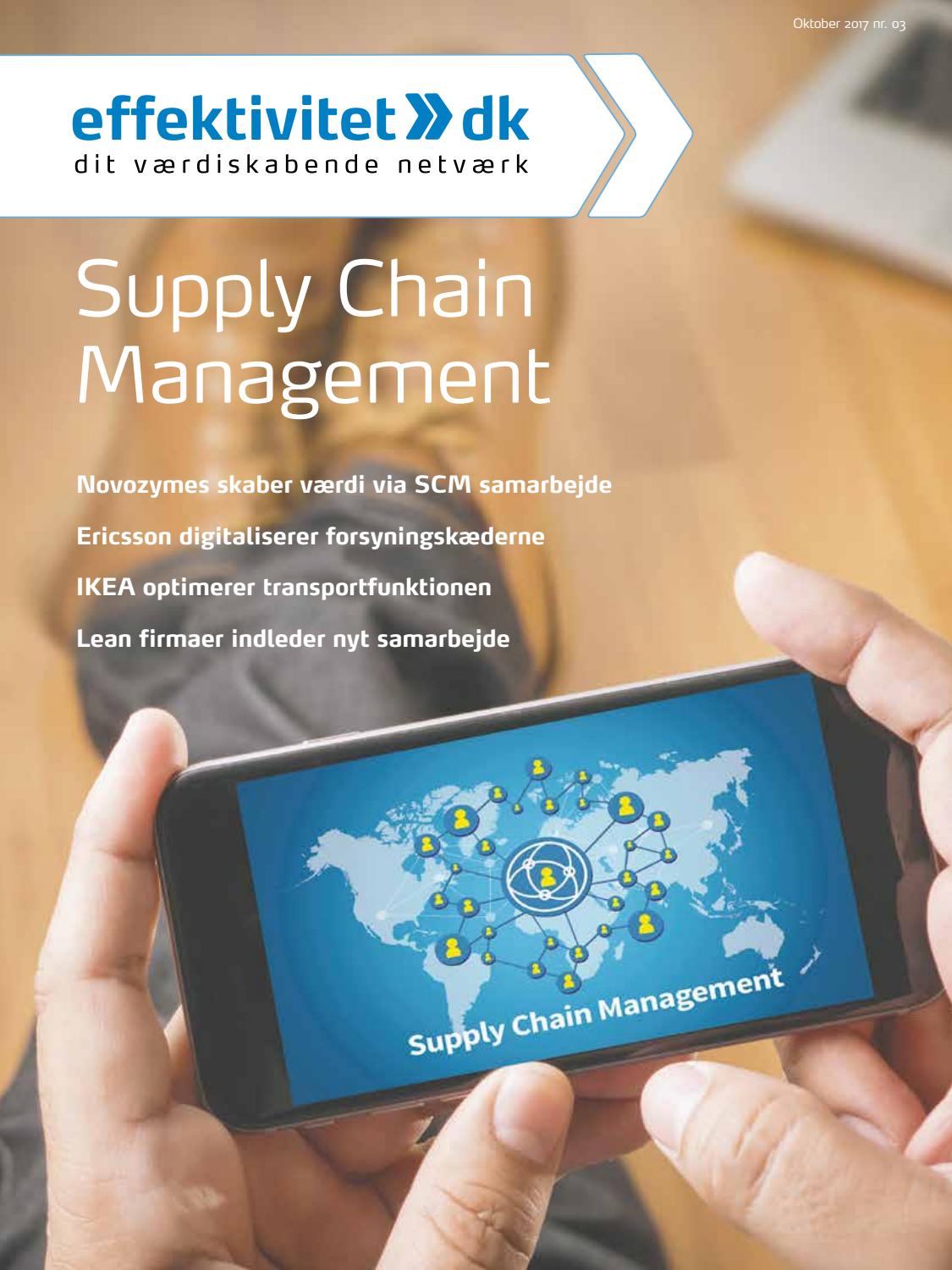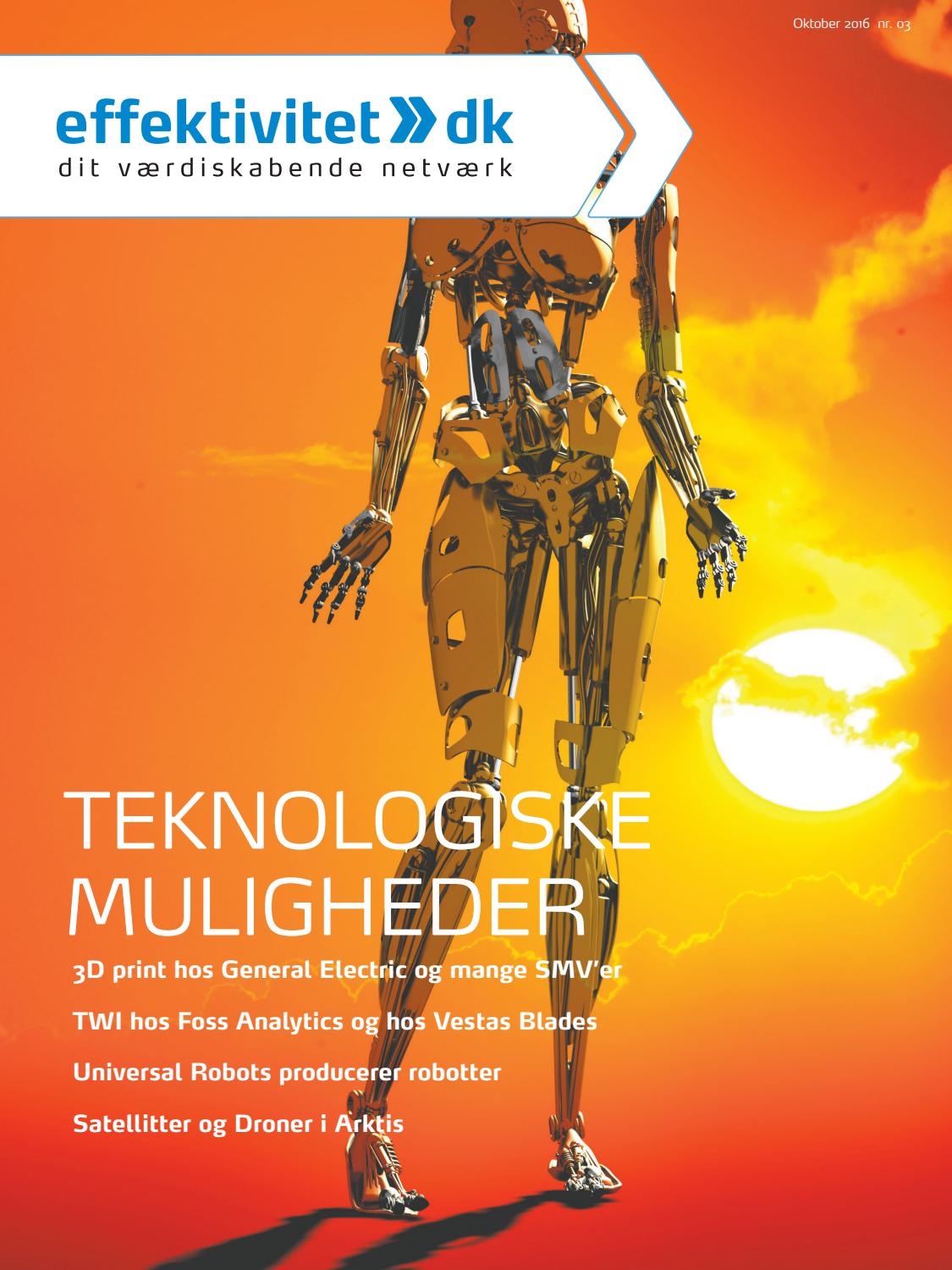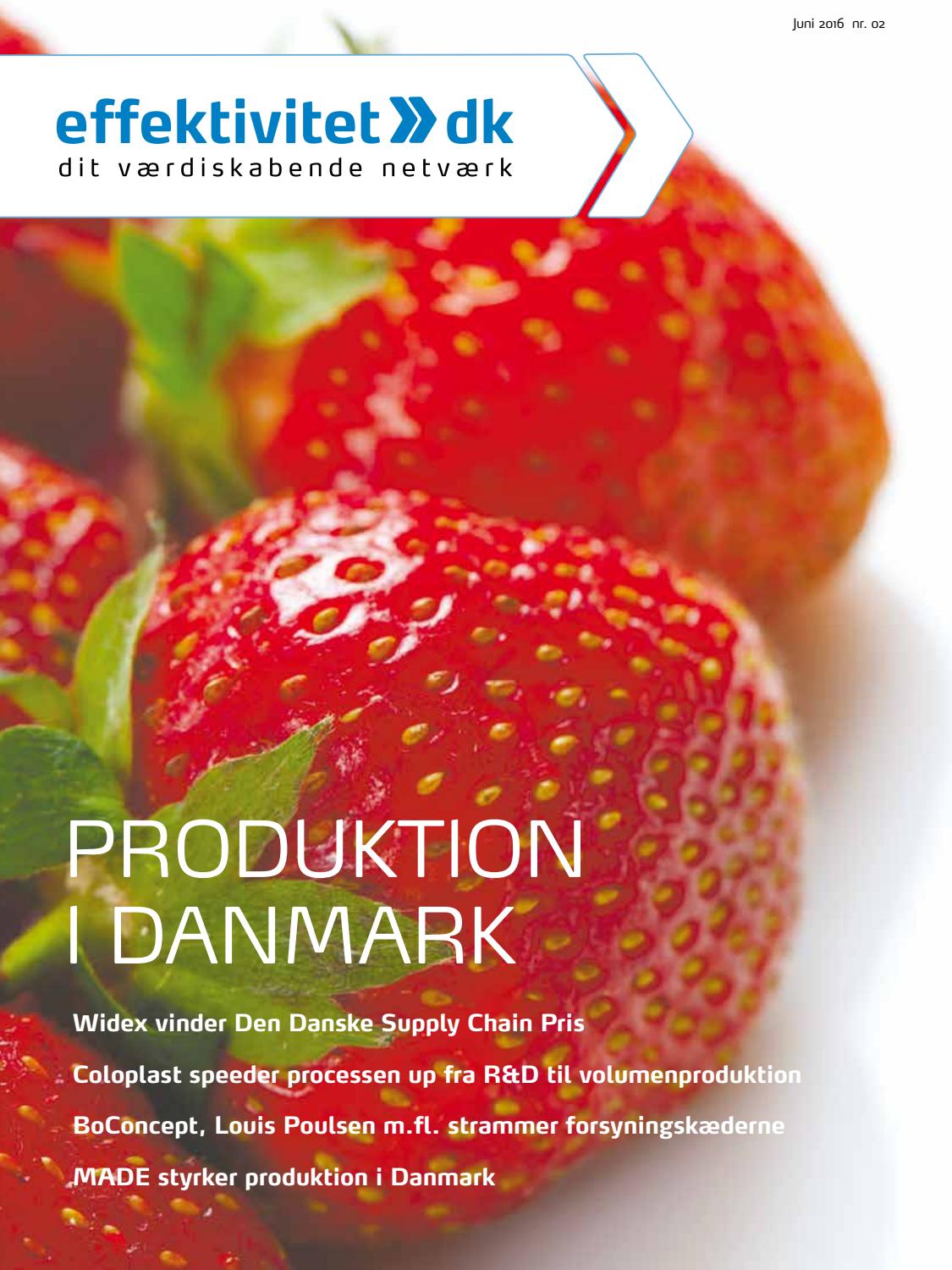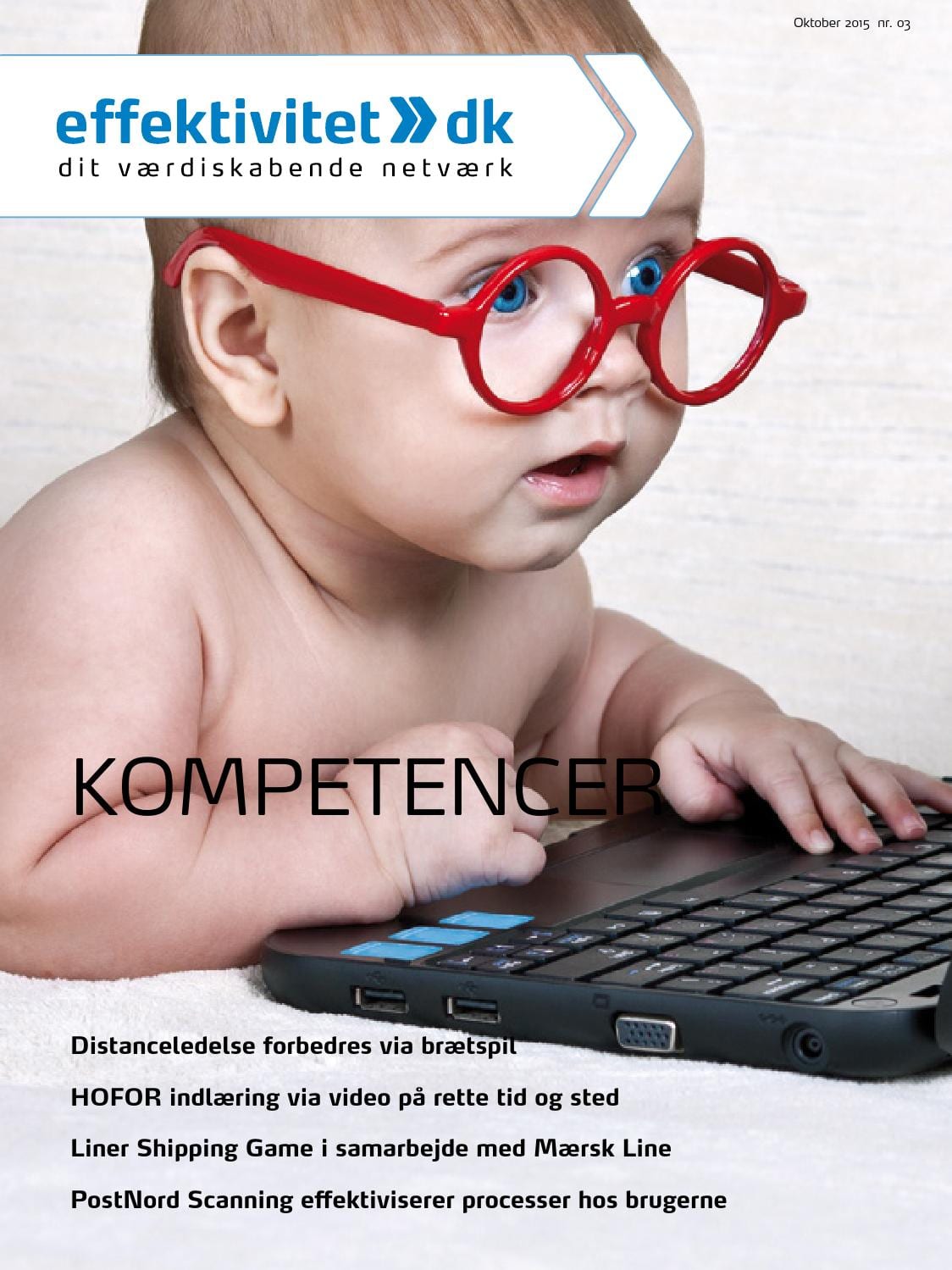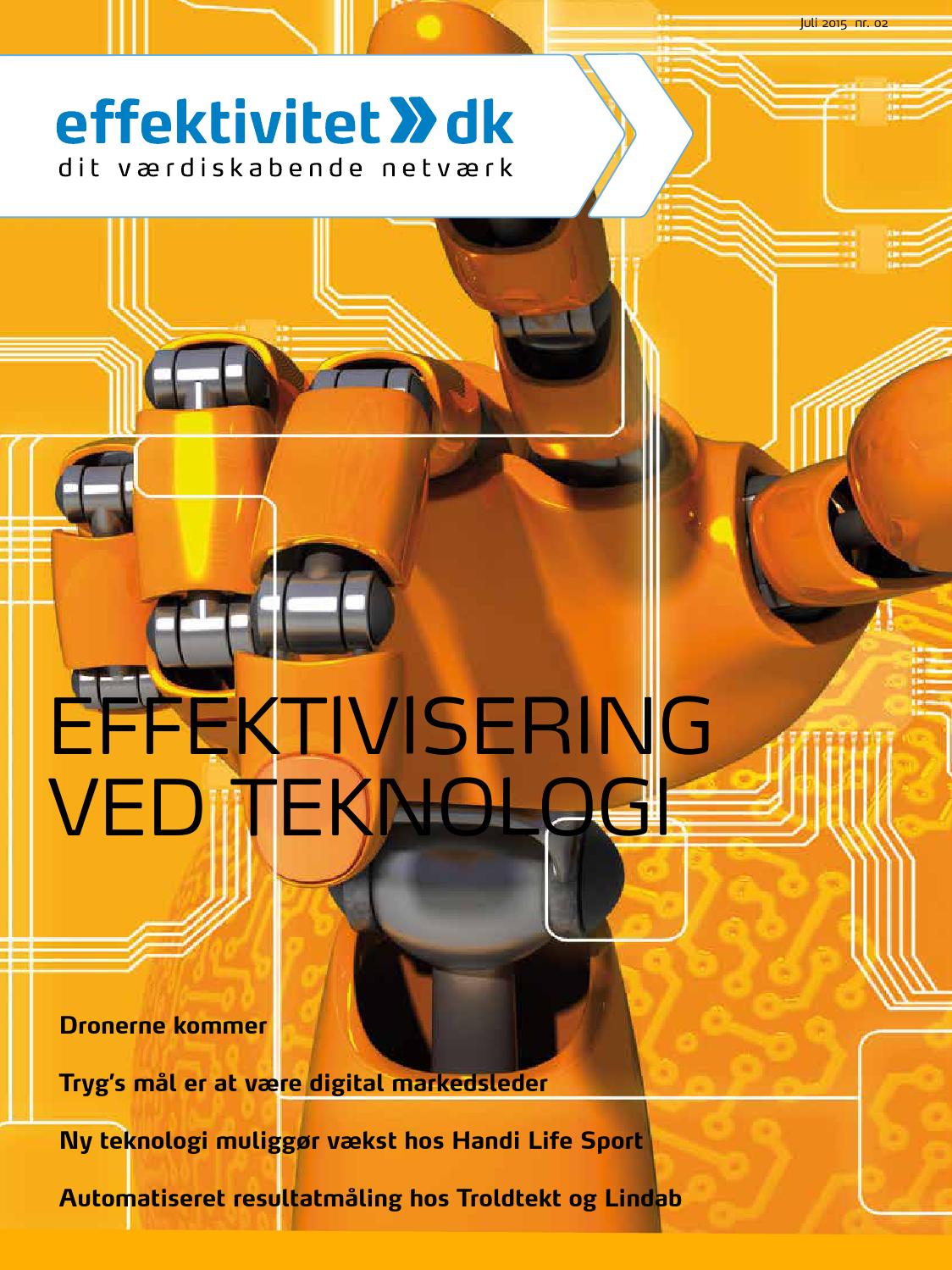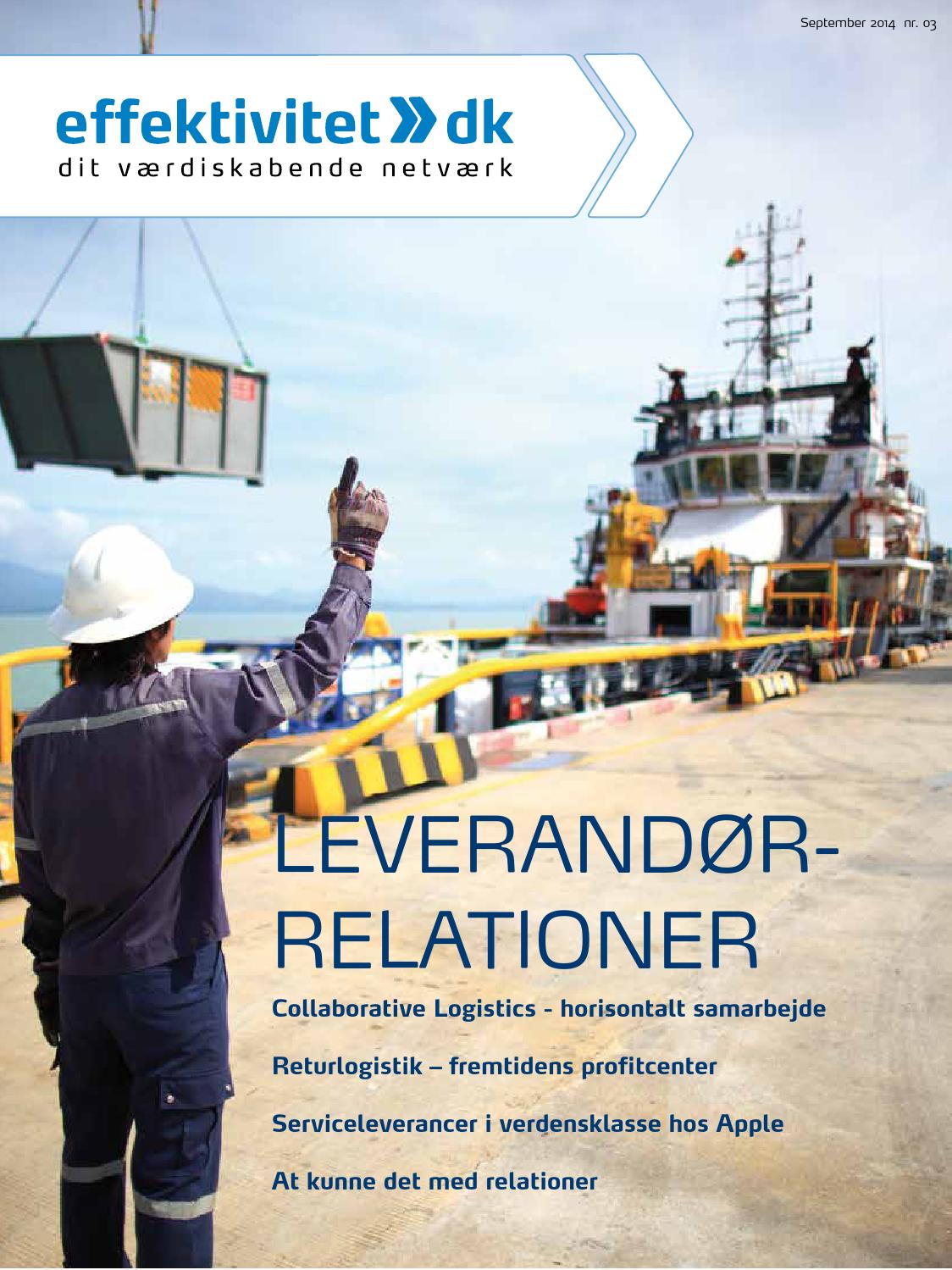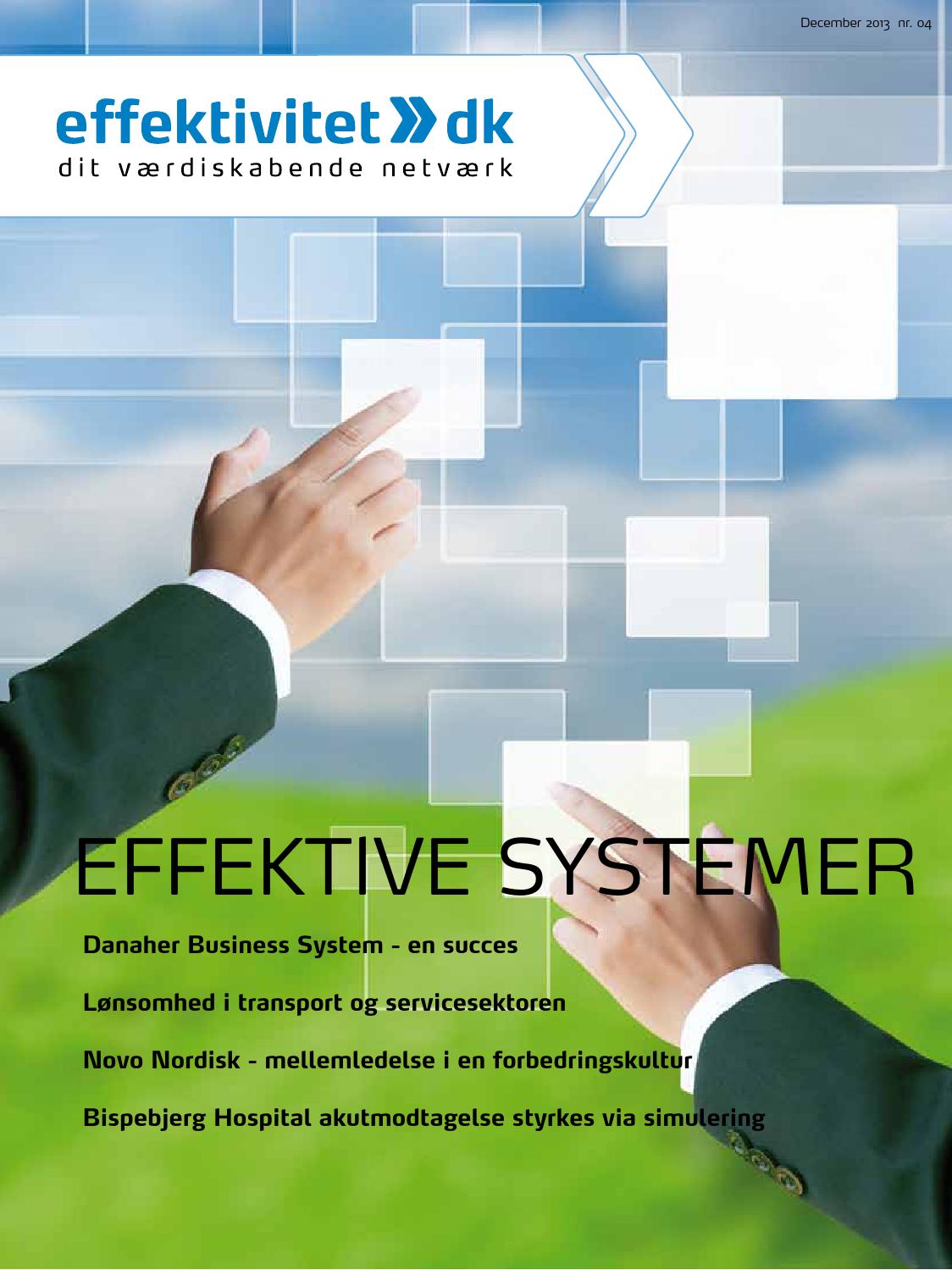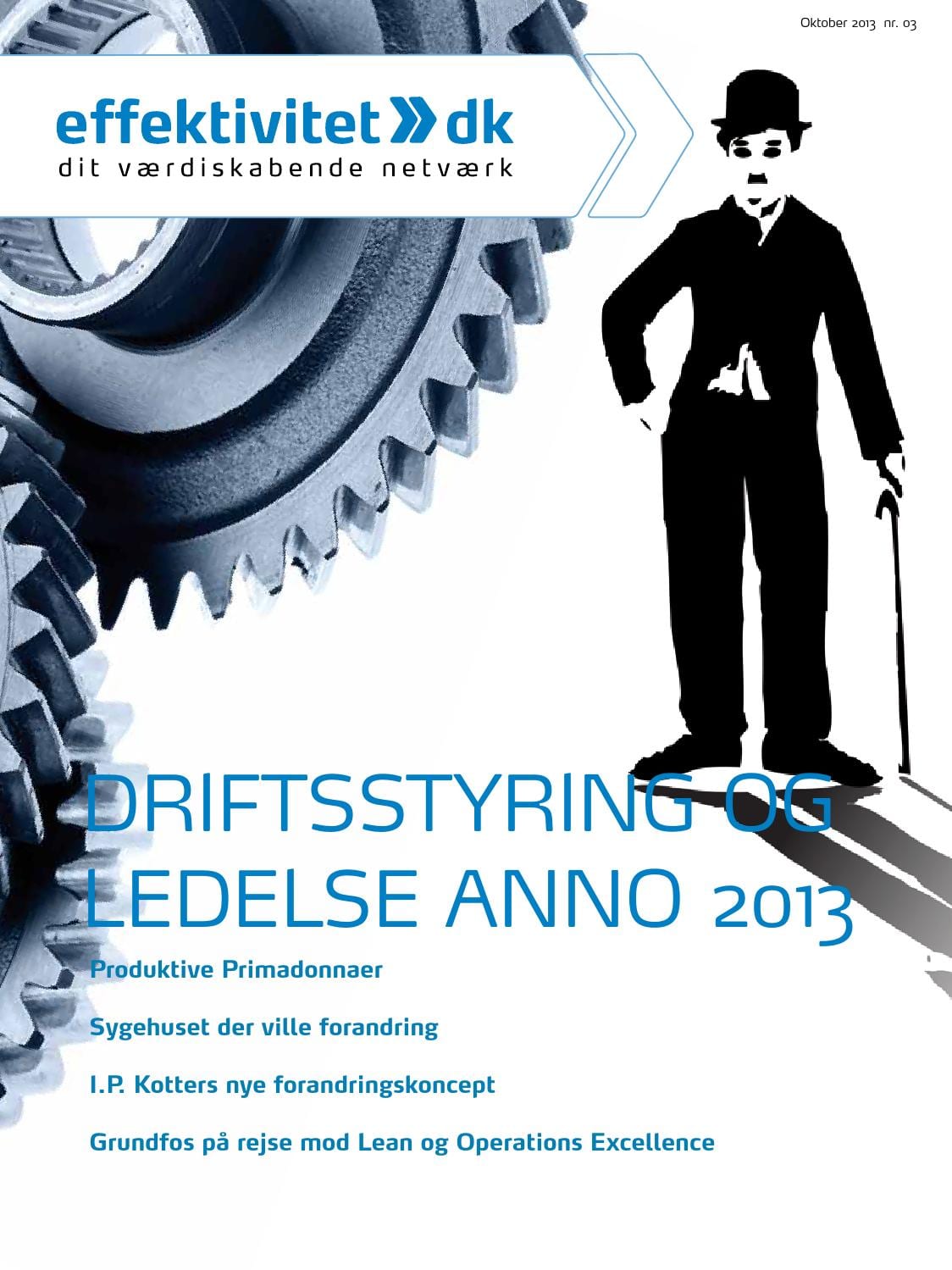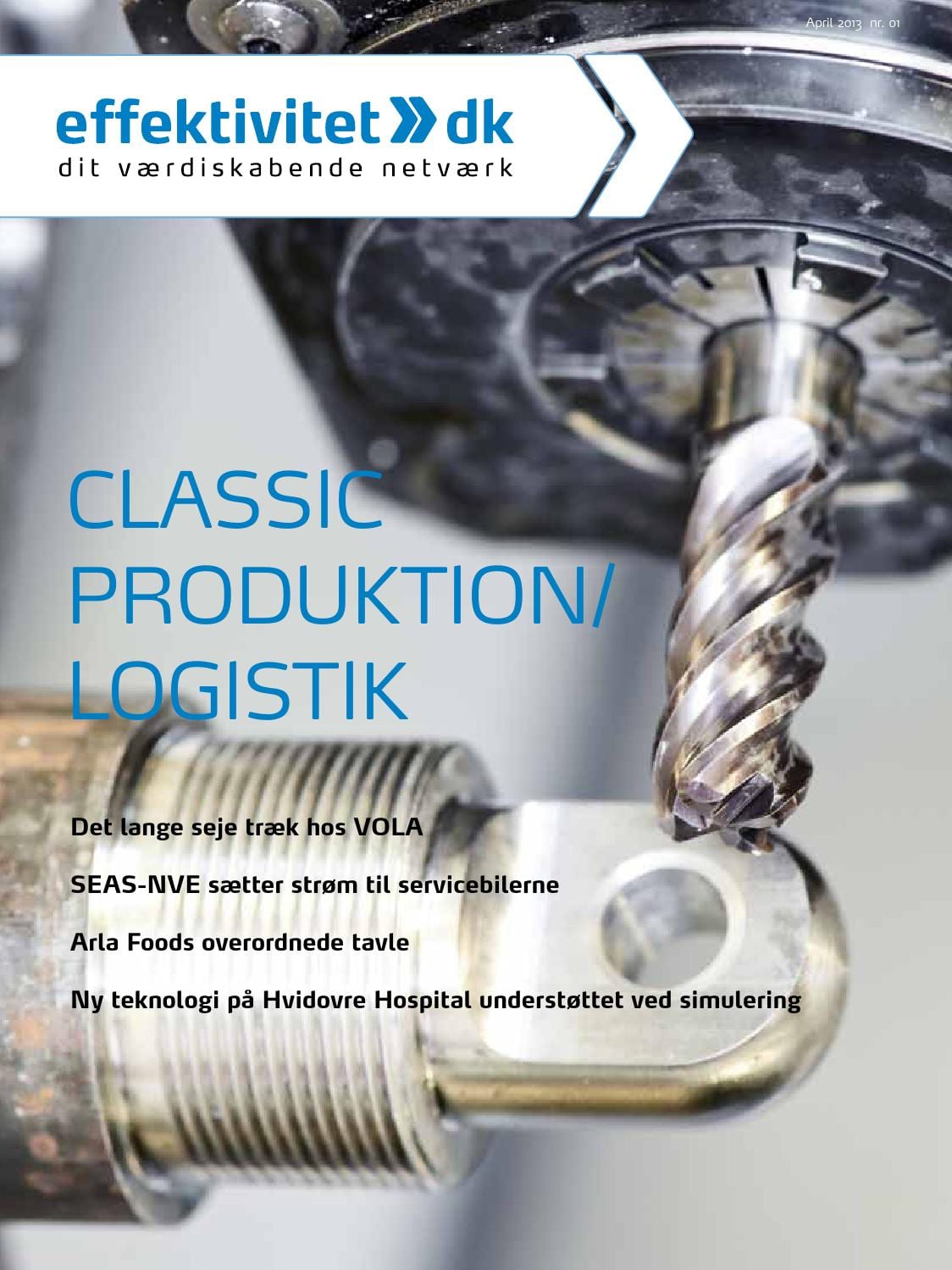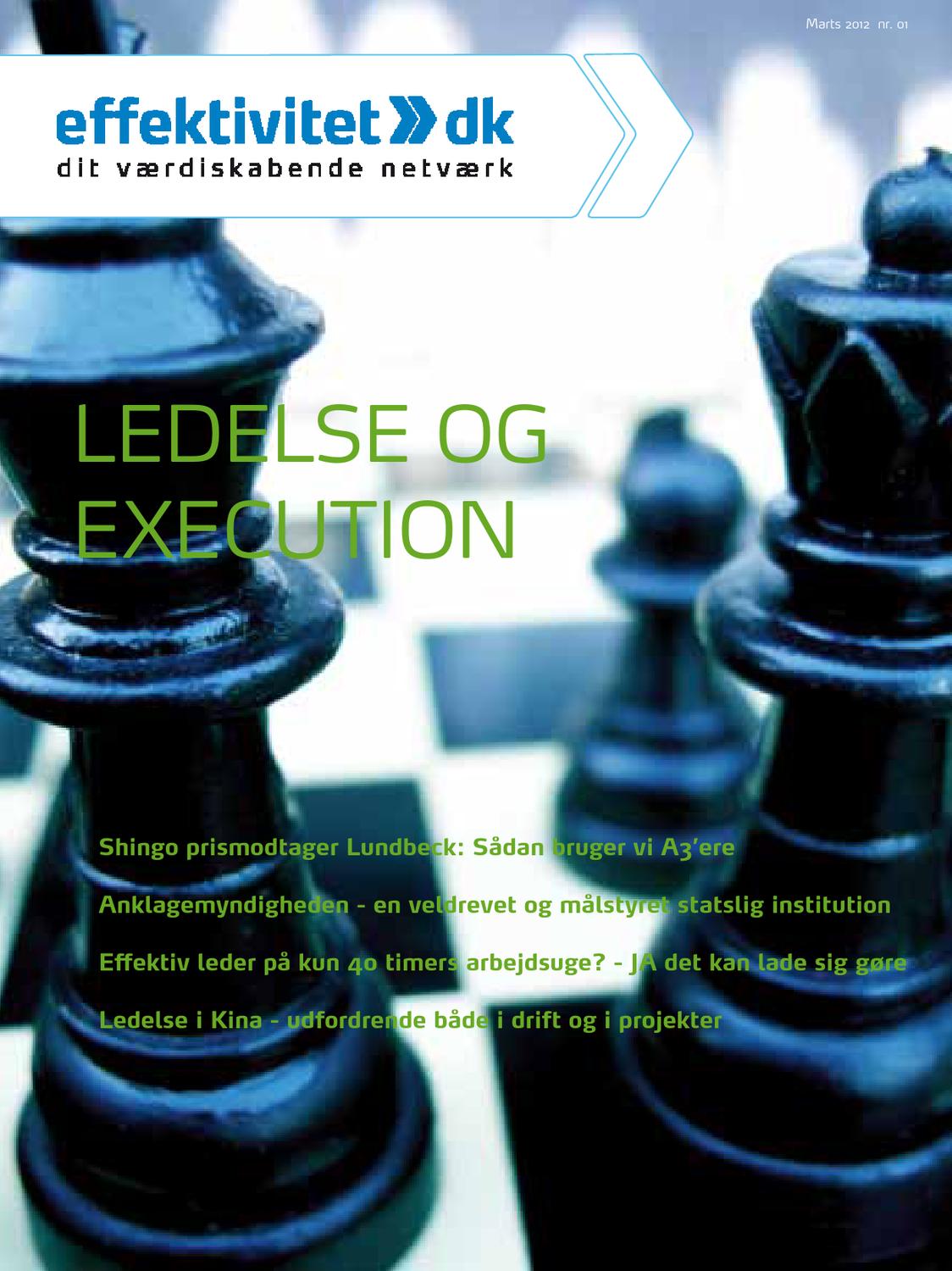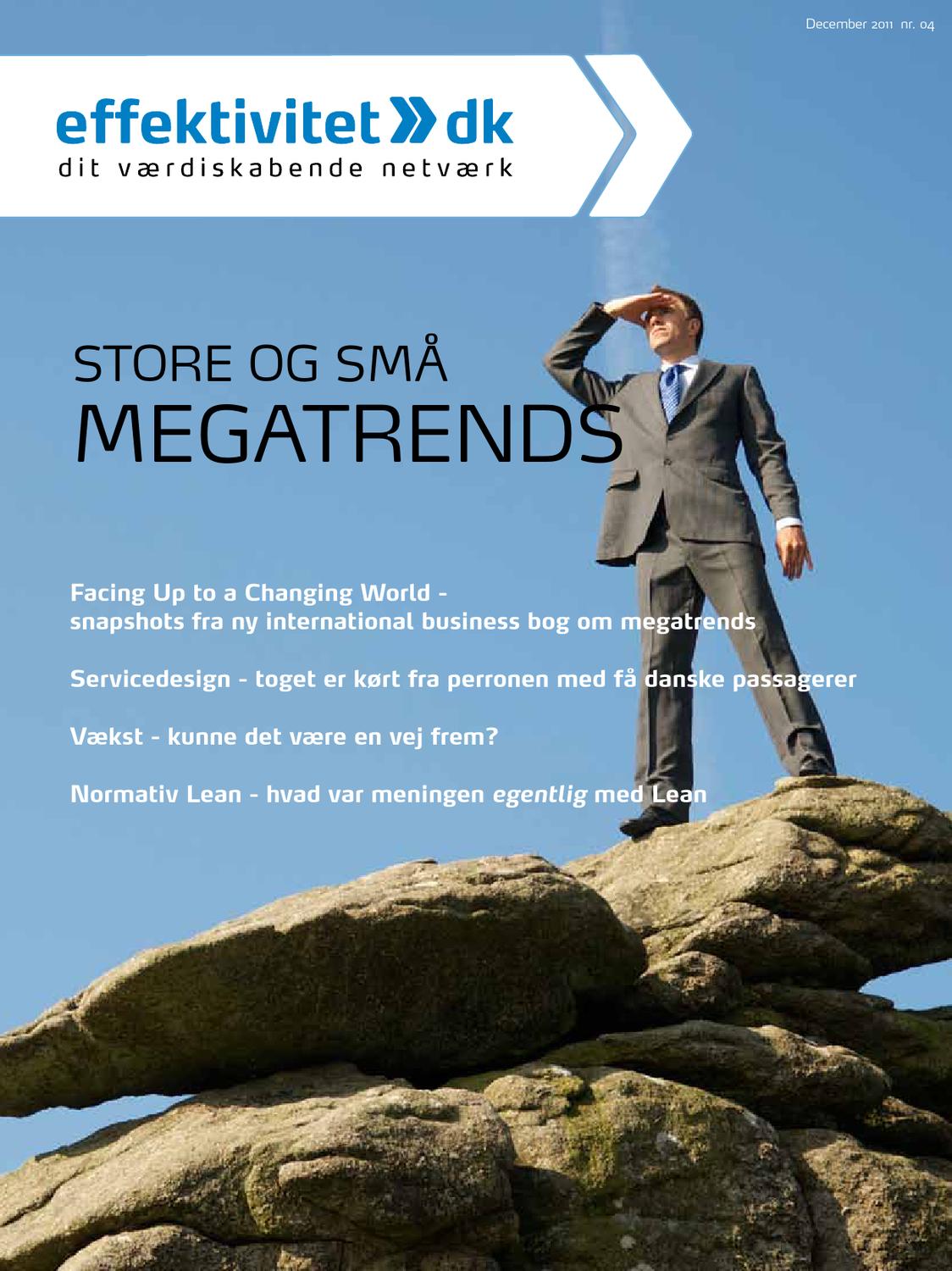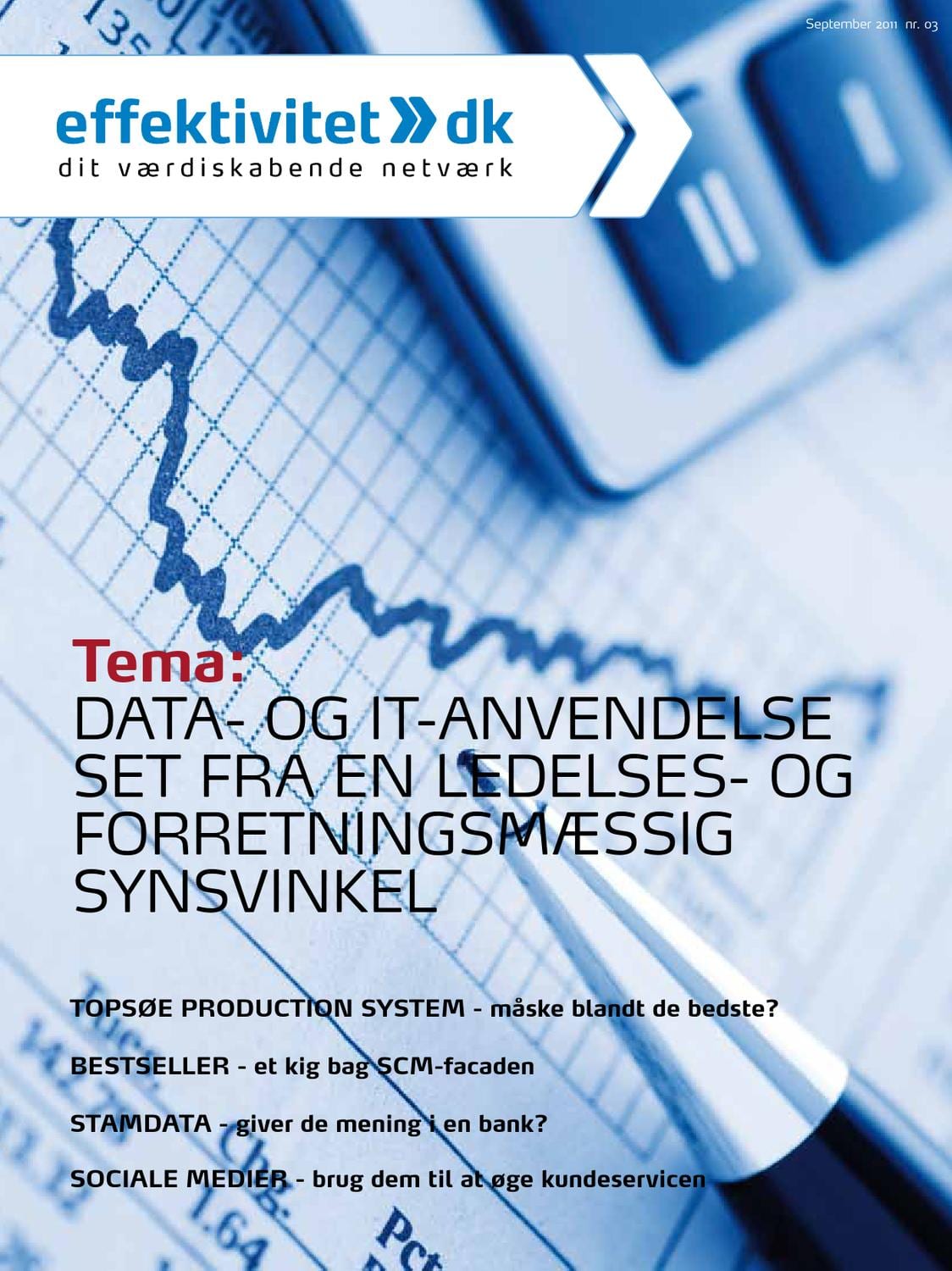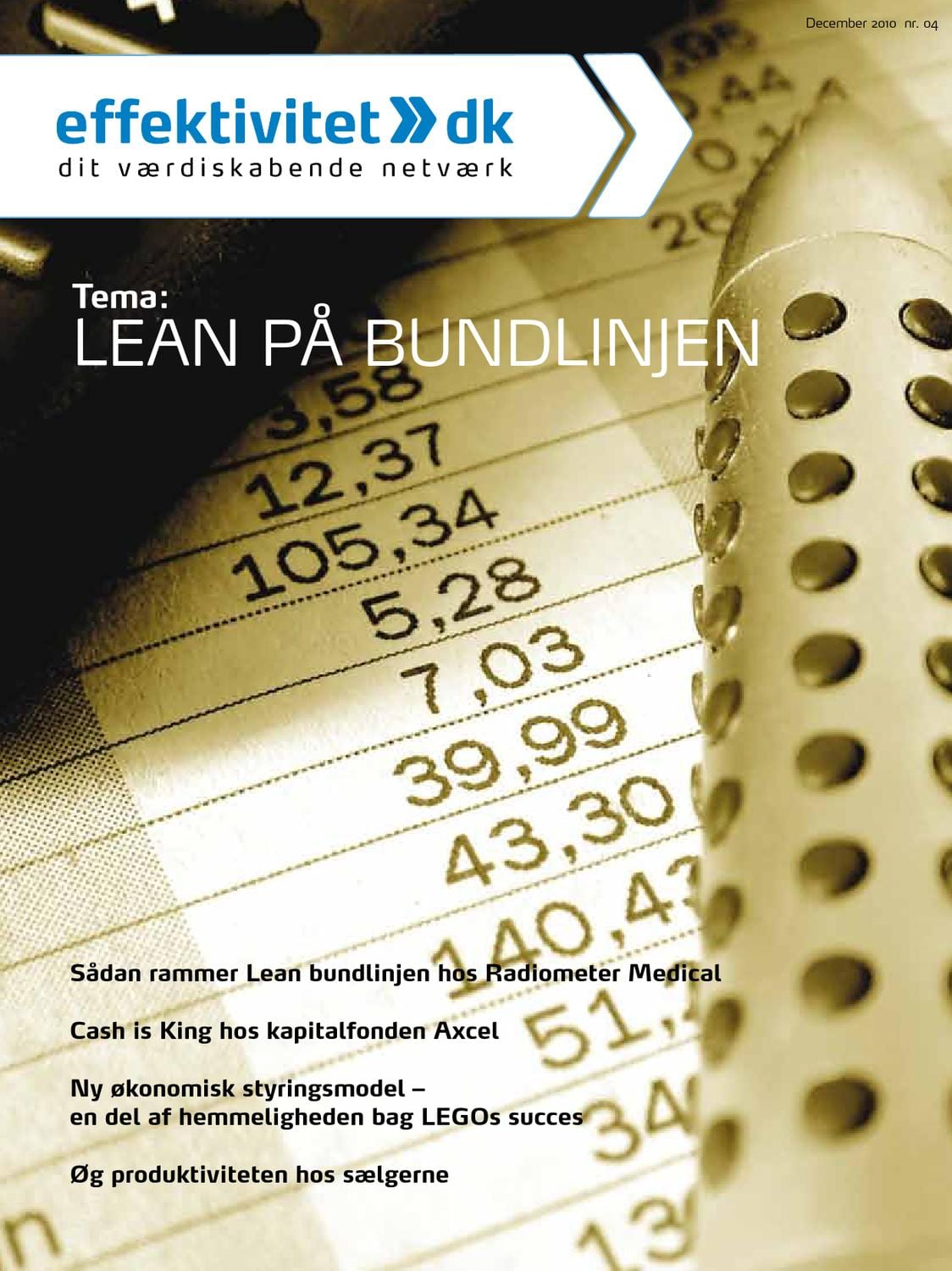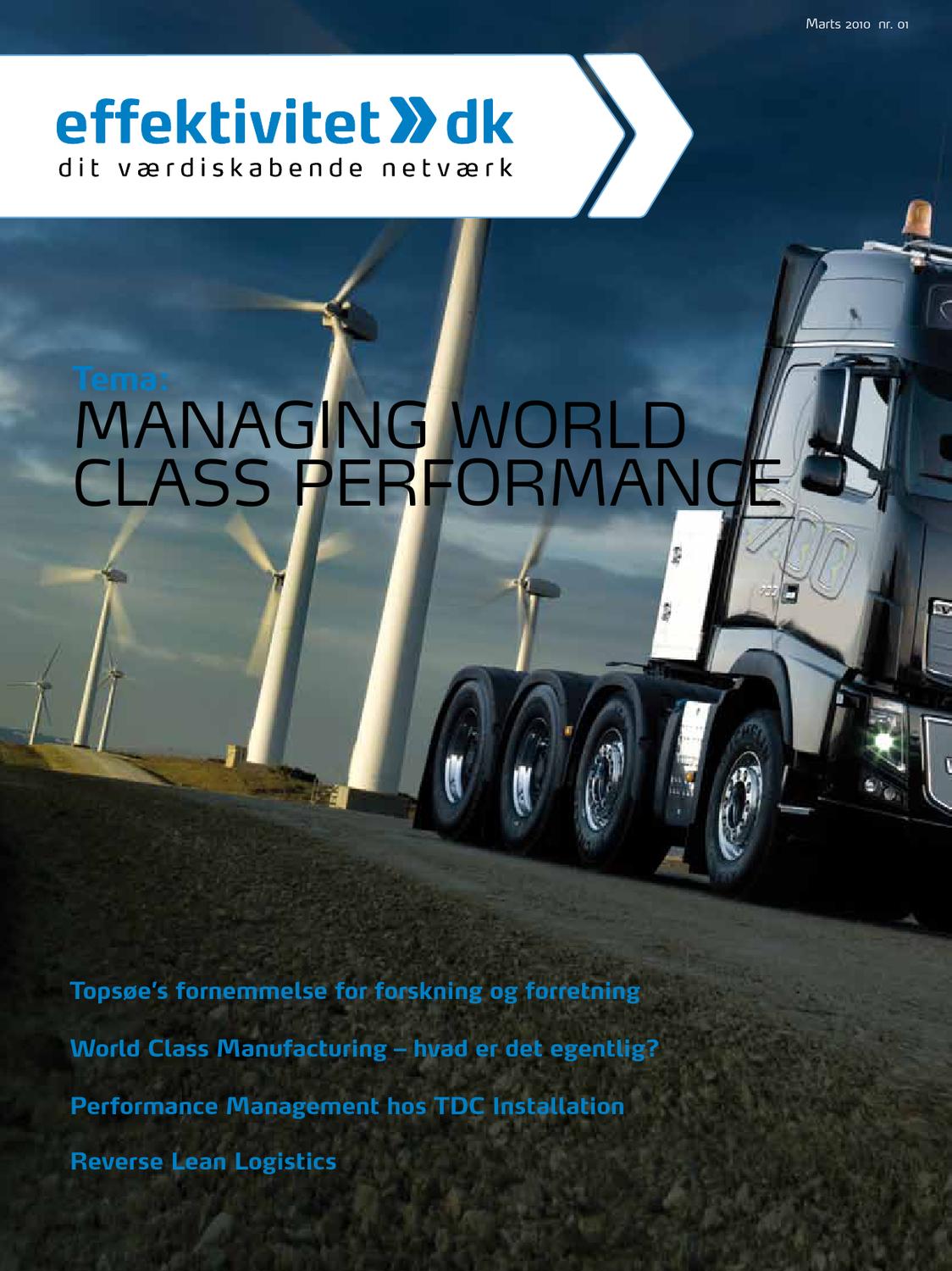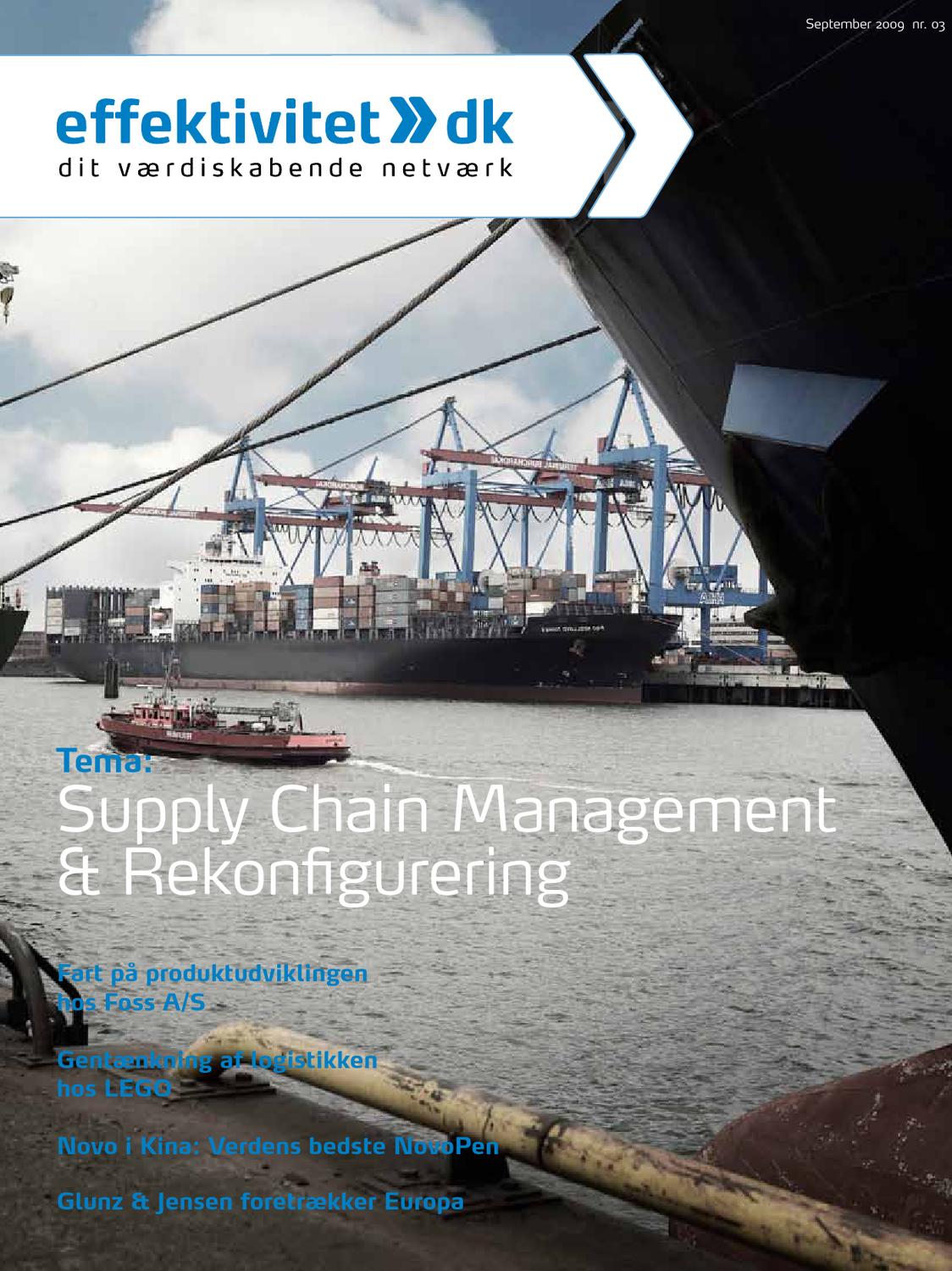A (Gen)AI revolution in procurement and contract management?
Introduction
Purchasing and sourcing functions in organizations can be responsible for both the strategic functions of supply planning, selection of suppliers and contracting, as well as operational functions such as material management in the form of ordering and payments. In the exercise of these functions and for purchasing to contribute to business value and competitive advantage, technologies in the form of ERP systems etc. have for a long time played a crucial role. However, the explosive development in generative artificial intelligence or GenAI – of which ChatGPT launched in November 2022 and GPT-4 in 2023 by OpenAI, Microsoft’s CoPilot, Google’s Deep MidaGemini and Anthropic’s Claude are leading examples – has sparked global interest in the specific role of artificial intelligence (AI) technology in procurement and related disciplines. 45% of Chief Procurement Officers (CPOs) surveyed in 2018 by Deloitte indicated a plan or pilot to use AI 1) and almost two-thirds of respondents in a Gartner survey of 127 supply chain leaders in November 2023, aim to or are implementing GenAI technology within their function for 2024 2).
Important questions are therefore: What is AI, how is it understood and sought to be adopted within purchasing and supply management, and what are some challenges to be aware of. In response to these questions, I look at scientific literature including well-ranked journals in the field, compare this with recommendations from the AI systems as well as direct inputs from two procurement leaders with extensive knowledge of technology. The article is structured as follows: The first section attempts to define or deconstruct definitions and understanding of the technology that is AI. This is followed by an examination of AI in the context of procurement as well as in the specialized domain of contract management. Next, I briefly explore instance(s) of use cases. Challenges or limitations from a technological and procurement perspective are concluded with a few observations on navigating a truly intelligent future for purchasing.
Comparing state of the art litterature and practice
In being claimed as one of the most disruptive technologies for supply chain and operations management, artificial intelligence can be useful to drive significant benefits in different aspects of procurement & purchasing.
But first, what is meant by AI and GenAI, and is there a unanimous understanding of what it constitutes?
AI as a branch of computer science, incorporates technologies such as general-purpose large language models (LLMs), image generation models, or specially trained genAI systems, to inform and support human decisions to solve practical issues (IEEE classification, used by Spretizenbarth et.al 2024). Classified as a general-purpose technology which can be trained through natural language, the scope of AI is highly adaptive and wide ranging, if compared with more descriptive (and prevalent) business intelligence tools such as dashboards. 3) However in scientific literature on purchasing and supply management there is not necessarily a distinction made between AI or AI enabled, often utilizing the terms interchangeably. Furthermore, in documenting examples of industry experiences of AI, machine learning is cited as a type of AI utilized to optimize production processes for Netflix (Wamba et.al, 2021). In summary, the understanding of AI is broad, and this appears to be reflected in practice as well.
In interviews conducted with 20 experts (logistics, IT procurement, management consulting, procurement leaders) in 17 different organizations, the experts’ were asked about their understanding of AI, and the answers reflected broadly an agreement that machine intelligence, decision making, complex problem solving, difficult to define, data driven learning systems, cognitive capability or human intelligence mimicking, enabling technology, machine thinking or acting like humans, difficulty to distinguish between human and machine, characterized AI which was then termed as a ‘navigation system’ for procurement.
To reaffirm firsthand through primary research, I interviewed the Head of IT Procurement at a large Danish engineering consultancy, whose views also incorporated the mixed opinions regarding the topic. Expressing that while everyone talked about AI, no one has been seen to use it, and two key elements of AI as a system would be to read and interpret responses while generating insights, and with the generative side being capable of phrasing drafts and templates as necessary for alignment of parties.
Thus, while there appears a lack of unanimity regarding the definition or exact scope of AI, there is agreement on the inevitable ‘intelligencing’ 4) of purchasing by using AI technologies.
Secondly, what does the literature state?
The academic literature within supply chain and operations management recognizes the importance of digital and emerging technologies such as AI. The availability of large volumes of data with the potential to be utilized for generating insights from AI systems for a variety of processes to be augmented and automated to create business value, makes procurement a key domain with potential to be redefined by advances in AI (Spreitzenbarth et.al, 2024; Allal-Chérif et.al, 2021). Tools such as SAP Ariba and Jaggaer are examples of AI based applications with supplier relationship management as a built-in option. Allal-Chérif et.al (2021) also discuss AI impact on procurement in the broad areas of automating purchasing processes such as spend analyses, optimizing framework contract management and monitoring, supplier relationship management.
One of the key responsibilities and burdens in purchasing are contracting and contract management (CM), and an area where strategic and tactical deployment of AI would aid procurement to deliver additional business value. Simply defined as the process of creating, implementing, and reviewing contracts, there is not much literature specifically addressing AI towards the CM process. However, the potential of AI for CM has been explored within the context of procurement and supply management. Andersson, et al (2023) explored Implementing AI in Source to Contract Operations, stating that if using van Weele & Rozemeijer’s (2022) tactical purchasing framework of 1) defining specifications, 2) selecting supplier, and 3) contract agreement, AI could give value through automating RfP (Request for Proposal) and RfP evaluation, contract handling and IT integration.
Finally, what is or can be the practice of AI for procurement and contract management?
Given that large language models as ChatGpt or Copilot have the advantage of being accessible through natural language rather than requiring complex machine learning infrastructure, makes the systems usable by all individuals with a computer and internet connection. Thus on a small scale, these publicly available GenAI tools were utilized to generate some interesting insights about GenAI in procurement and contract management.
To the question prompt of ‘tell me how generative AI tools can be utilized in sourcing or procurement’, both ChatGpt and CoPilot were aligned between themselves and the literature on the benefits of GenAI tools, for instance indicating use of these tools towards:
- Demand forecasting
- Supplier discovery, evaluation and selection
- Contract analysis and management
Risk and supplier relationship management
While also highlighting the potential of GenAI to revolutionize or disrupt processes, jobs and whole industries.
No surprises in the above, however there are a few learnings or takeaways even from this minor practice exercise. One difference was that while ChatGpt had to be prompted for examples and evidence, CoPilot provided sources and examples already, and these public genAI tools both potentially utilized similar publicly available data. Corporations should also consider benefits if any from developing their own customized tools (trained on private confidential data) versus adopting available solutions as users with paid or premium versions appear to enjoy advantages over users of free versions.
Towards contract management, some potential contributions as highlighted by ChatGpt matched what the World Commerce and Contracting organization also find in their report on ‘AI in Contracting’ namely:
- Extraction of key information from contractual documents, generation of standard clauses and suggesting revisions based on prior contracts and best practices. AI enabled intelligent search, efficient storage and management of contracts.
- Facilitate risk identification and provide insights for facilitating negotiations and inform associated decision making (in a simulated negotiation exercise conducted at the European Roadshow of the World CC organization, bot to bot negotiations struck a deal with 10 minutes to spare, compared to human to human negotiation which could not reach an agreement).
Takeaways of practice exercises with GenAI tools for aspects of contract management revealed that ChatGpt in its public use format was constrained by word limits and no insights could be generated because it would not allow uploads of relatively long contracts. This limitation is already addressed by RobinAI, which using MS Copilot and if installed as a Word plugin is capable of summarizing and presenting contract requirements.
Use cases
Due to the novelty of the technologies use cases are limited. A public domain example is that of AI based system, Pactum, for autonomous supplier negotiations which has been so far deployed by companies such as Walmart and Maersk. The scale offered by the system’s easy chat interface to augment standardizing of negotiations with 80% of non-strategic vendors cannot be matched in time and capacity by using humans to carry out the same negotiations.
Challenging aspects
Sensing the potential of the technology, purchasing functions are keen to start implementing and using it but at different levels of maturity, both of the technology itself, the function and the organization. Maturity can impact the kind of challenges organizations potentially face in usage and implementation.
One challenge pertains to the organizational level, where resistance to change maybe encountered within purchasing, not necessarily only to GenAI but to adoption of new technology in general.
From the technology perspective, the adoption of off the shelf solutions versus developing an internal system can be a confusing choice, because while the investment of time and resources is high in own development, off the shelf solutions require certain considerations. Paradoxically, what would enable the tools to be highly productive, namely large volumes of specific data to train models, can open up the possibility of leakage and misuse. Recent class action lawsuits in the USA relating to data privacy by data scraping of sensitive information of private individuals and copyright law infringements have been filed. This highlights the need for transparency, accountability, responsibility, and control of the systems. It is only in 2023-24 that the first binding regulation on AI has been agreed upon in the EU. The regulation sets a common framework for the use and supply of AI systems, based on an assessment of risks presented by the systems.
Conclusion: The future is already here
It appears non-negotiable to augment with AI in various parts of the procurement and CM processes. Harnessing new tech like AI thus has the potential to enable purchasing and supply development professionals to not only harvest synergies but also seek out radical corporate advantage, together on the basis of man-machine interaction, however this is not without its risks and challenges.
On the issue of starting with using GenAI tools that are hyped to create massive benefits, a colleague at Copenhagen Business School offers the following advice: a) Hold off on investing because the technology develops faster than your investment can mature. It’s better to follow the technological development closely, b) Let your employees experiment in the widest possible sense. This allows them to get better and more experienced at using the tools, positioning them well for when models become much stronger, and c) Set up clear rules, guidelines, and safeguards on employee usage so people know what you can and cannot do with AI tools within company policies.
From the procurement perspective, however, the inputs from René Wienmann the CPO for Chr. Hansen (part of Novonesis Group) is chosen to conclude this section as it points to already available data and the role of procurement as a “first mover” in the organization: ‘For Procurement leaders, it can be helpful to remember that a large amount of data is often available to enable integrating AI into procurement (processes and systems) that can offer unprecedented efficiency and data-driven insights leading to much better decision-making (effectiveness). Dialogues for AI adoption or integration can be started by Procurement for enhancing value creation and fostering agile, dynamic responsive supply chain ecosystem.’’
_______________________
Notes
https://www2.deloitte.com/content/dam/Deloitte/us/Documents/consulting/us-2023-global-chief-procurement-officer-survey.pdf
https://www.gartner.com/en/newsroom/press-releases/2024-01-10-gartner-survey-shows-half-of-supply-chain-organizations-plan-to-implement-genai-in-the-next-twelve-months
Guida et.al, https://www2.deloite.com/content/dam/Deloitte/us/Documents/consulting/us-2023-global-chief-procurement-officer-survey.pdf)
https://www.oed.com/dictionary/intelligencing_adj?tl=true The word, although now obsolete seems to have been around from old times similar to the term ‘artificial intelligence’, the history of which can be traced back to the 1950s.
Read more
Allal-Chérif, O., Simón-Moya, V., & Ballester, A. C. C. (2021). Intelligent purchasing: How artificial intelligence can redefine the purchasing function. Journal of Business Research, 124, 69-76.
Cui, R., Li, M., & Zhang, S. (2022). AI and Procurement. Manufacturing & Service Operations Management, 24(2), 691-706.
Guida, M., Caniato, F., Moretto, A., & Ronchi, S. (2023). The role of artificial intelligence in the procurement process: State of the art and research agenda. Journal of purchasing and supply management, 29(2), 100823.
Hendriksen, C. (2023). Artificial intelligence for supply chain management: Disruptive innovation or innovative disruption?. Journal of Supply Chain Management, 59(3), 65-76.
Seyedghorban, Z., Samson, D. and Tahernejad, H. (2020), “Digitalization opportunities for the procurement function: pathways to maturity”, International Journal of Operations & Production Management, Vol. 40 No. 11, pp. 1685-1693. https://doi.org/10.1108/IJOPM-04-2020-0214
Fosso Wamba, S. Maciel M. Queiroz, Cameron Guthrie & Ashley Braganza (2022) Industry experiences of artificial intelligence (AI): benefits and challenges in operations and supply chain management, Production Planning & Control, 33:16, 1493-1497, DOI: 10.1080/09537287.2021.1882695
Spreitzenbarth, J. M., Bode, C., & Stuckenschmidt, H. (2024). Artificial intelligence and machine learning in purchasing and supply management: A mixed-methods review of the state-of-the-art in literature and practice. Journal of Purchasing and Supply Management, 100896.
Van Weele, A. J., & Rozemeijer, F. (2022). Procurement and Supply Chain Management. Cengage.
PS. I have drawn on ChatGpT conversations on this topic, the transcripts are available if required.


